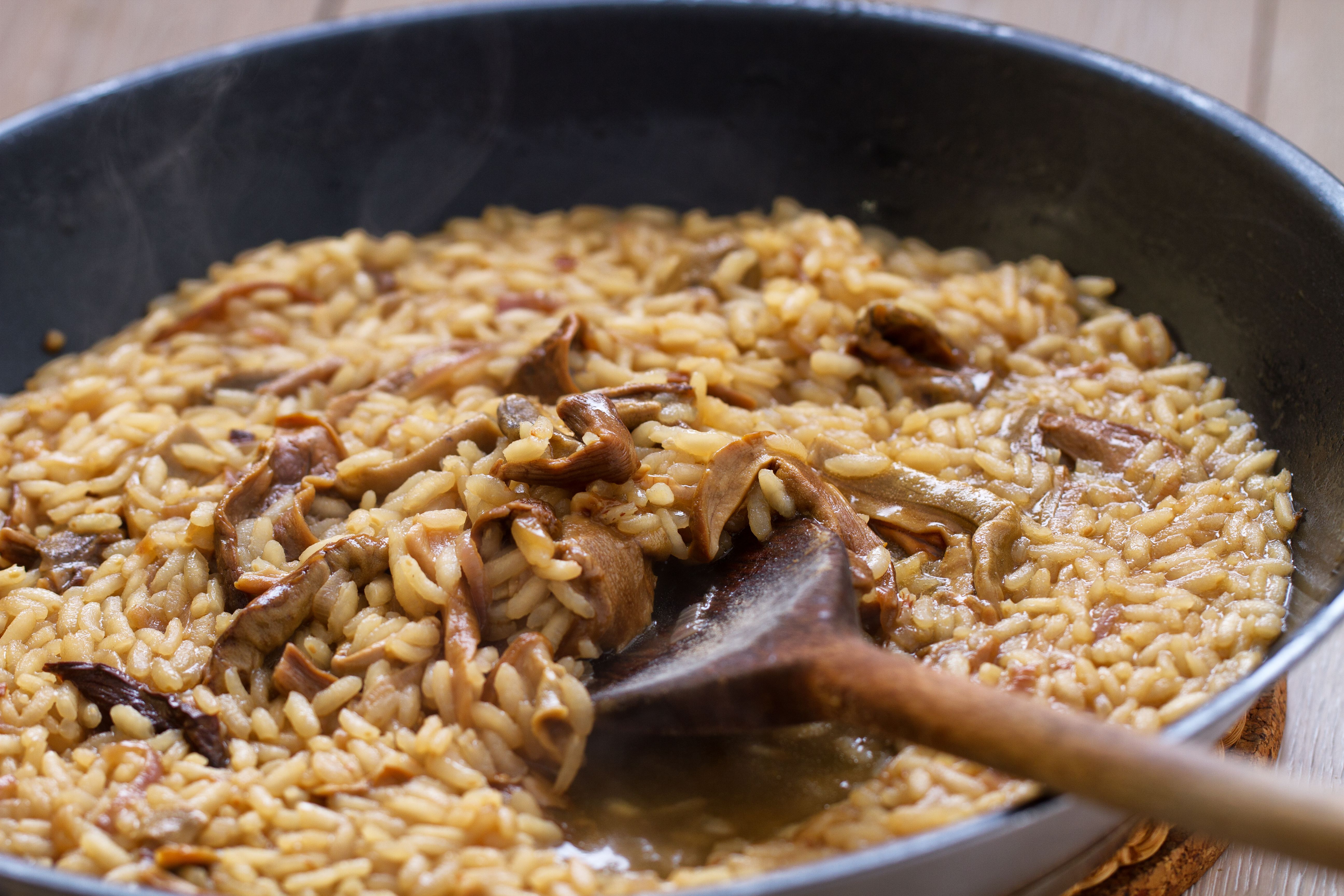Mastering the Art of Risotto: A Creamy Italian Classic
Introduction to Risotto
Risotto, a quintessential Italian dish, is celebrated for its rich, creamy texture and versatile flavor profile. Although often regarded as a restaurant delicacy, mastering the art of risotto at home is both achievable and rewarding. Whether you're a seasoned chef or a culinary novice, understanding the fundamentals of this classic dish can elevate your cooking repertoire.
Choosing the Right Rice
The foundation of any great risotto lies in the choice of rice. The most common varieties used are Arborio, Carnaroli, and Vialone Nano, each offering unique characteristics. Arborio is widely available and provides a creamy texture due to its high starch content. Carnaroli is often favored by chefs for its ability to maintain a firm texture while absorbing flavors beautifully. Vialone Nano, though less common, offers a slightly firmer bite and is excellent for more delicate dishes.
Why Rice Matters
The key to risotto's creamy consistency is the release of starch from the rice as it cooks. This process requires constant stirring and gradual addition of liquid, allowing the rice to slowly absorb flavors while maintaining its al dente texture. Choosing the right type of rice ensures this balance is achieved, resulting in a perfectly creamy dish.

The Cooking Process
Creating a delectable risotto involves a few essential steps. Begin by sautéing onions or shallots in olive oil or butter until translucent. Add the rice and toast it lightly to enhance its flavor. Next, deglaze the pan with white wine, allowing it to absorb before gradually adding warm broth one ladle at a time.
Key Techniques
Patience and attention are crucial during this process. Stirring continuously helps release starches, while adding broth slowly ensures the rice cooks evenly. Once the rice achieves a creamy consistency yet retains a slight bite, finish with a touch of butter and freshly grated Parmesan cheese for an indulgent finish.

Flavor Variations
One of risotto’s greatest strengths is its versatility. By incorporating seasonal ingredients or favorite flavors, you can personalize this classic dish. Consider adding mushrooms for an earthy touch, saffron for an aromatic infusion, or seafood for a luxurious twist.
Experimenting with Ingredients
Don't be afraid to experiment with different ingredients to create your own signature risotto. Popular add-ins include peas, asparagus, roasted vegetables, or even truffle oil for an extra layer of sophistication. Each variation offers a new taste experience while maintaining the dish's signature creaminess.
Final Thoughts
Mastering risotto is both an art and a science, requiring practice and patience. As you become more comfortable with the process, you'll discover that this Italian classic offers endless culinary possibilities. Whether served as a main course or an elegant side dish, risotto is a testament to the beauty of simple ingredients transformed through technique and care.

